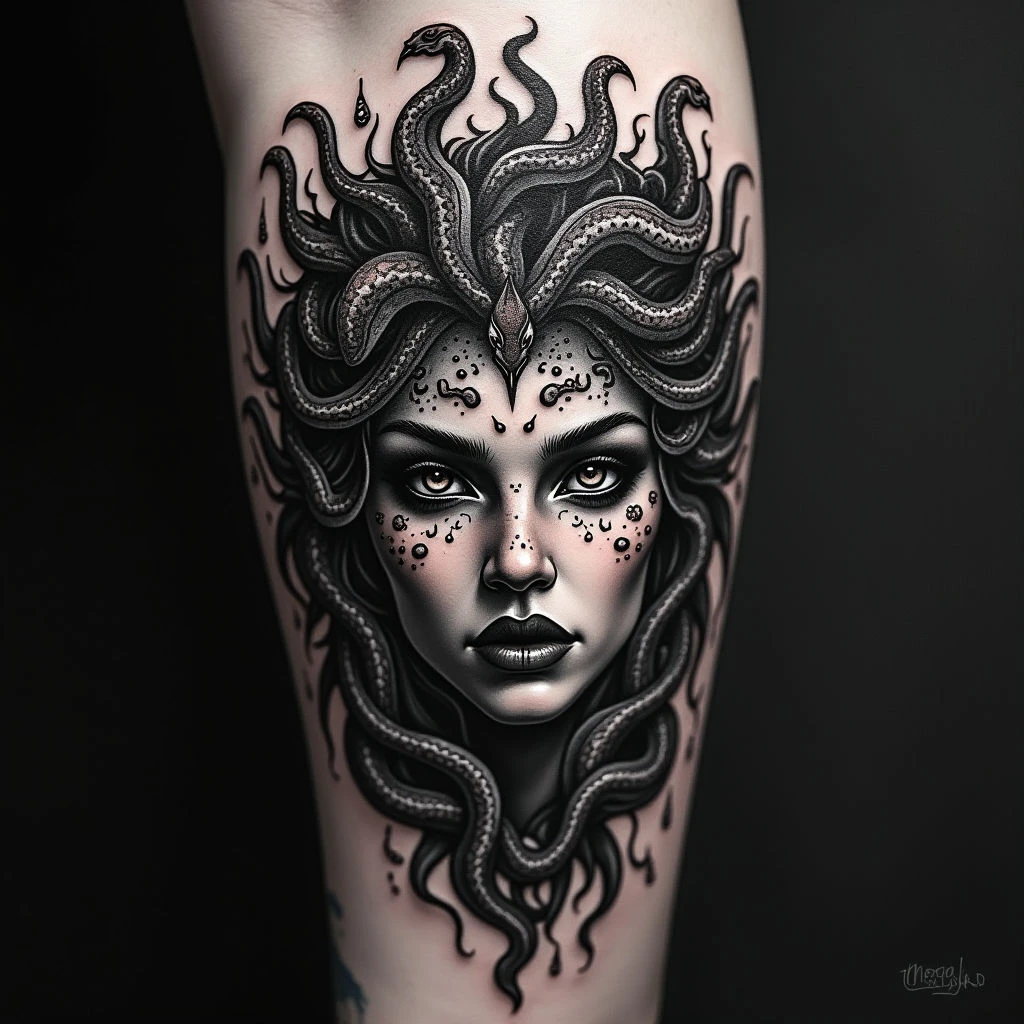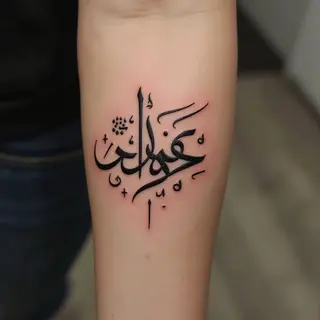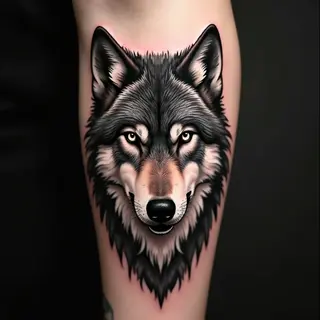The Tragic Power of Medusa
The story of Medusa is a compelling mix of tragedy and strength. She began as a beautiful priestess dedicated to Athena, but was tragically cursed by the goddess after Poseidon’s violation within Athena's temple. This curse transformed her into a monstrous Gorgon—a figure with snakes for hair whose gaze could turn men to stone.
Understanding Medusa: Symbolism and Meaning
Medusa tattoos carry a wealth of symbolism, often reflecting her complex story. It's more than just a striking image; it’s about resilience and transformation.
Strength and Resilience
Despite the immense suffering she endured, Medusa embodies incredible strength—the ability to rise above even the most devastating circumstances.
Protection
Her gaze wasn't just a curse; it represented a powerful form of protection against those who would do harm. It’s an image that speaks volumes about safeguarding oneself and others.
Transformation and Change
The Medusa story is also a potent symbol of significant life changes, representing personal evolution and the ability to adapt—even when faced with unimaginable challenges.
Female Rage and Power
Perhaps most powerfully, she’s become an icon for female anger and reclaiming control. It's a visual representation of finding strength in adversity and asserting one's own power.
Medusa Tattoo Design Ideas
When it comes to Medusa tattoos, the possibilities are vast. Here are a few popular approaches:
Classic Gorgon Head
This is the traditional depiction—a striking image of her head with snakes for hair. It’s often chosen for bold and impactful designs.
Medusa Bust/Portrait
Focusing on a bust or portrait allows you to capture the beauty that was lost, often incorporating elements of sorrow and resilience—a more nuanced take on her story.
Snake Symbolism
You can even incorporate snakes into your design without depicting the full Medusa image. This is a great way to represent transformation or protection in a more subtle manner.
Geometric Medusa
For a modern twist, consider geometric interpretations using shapes and line work—a contemporary take on this ancient myth.


